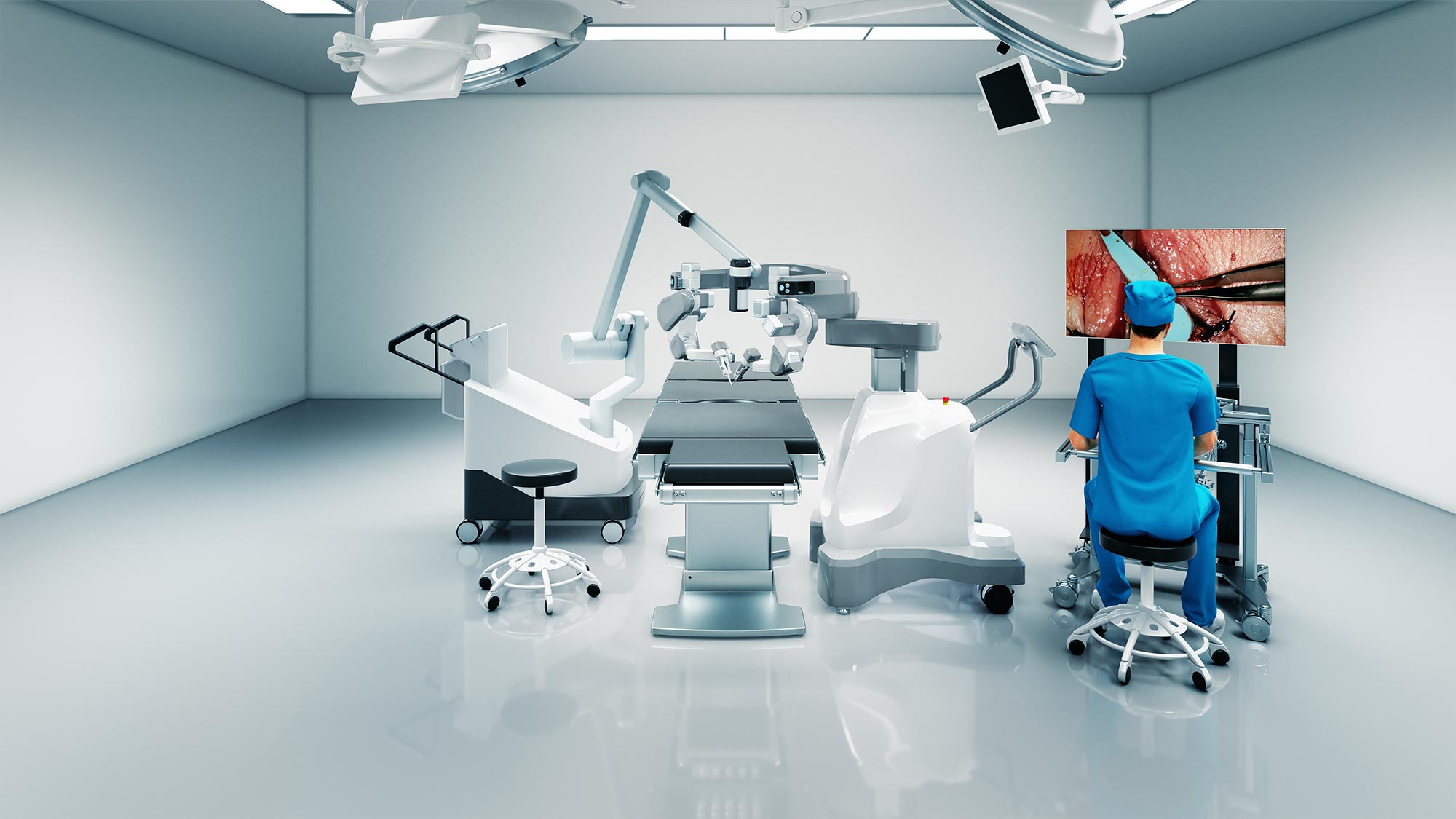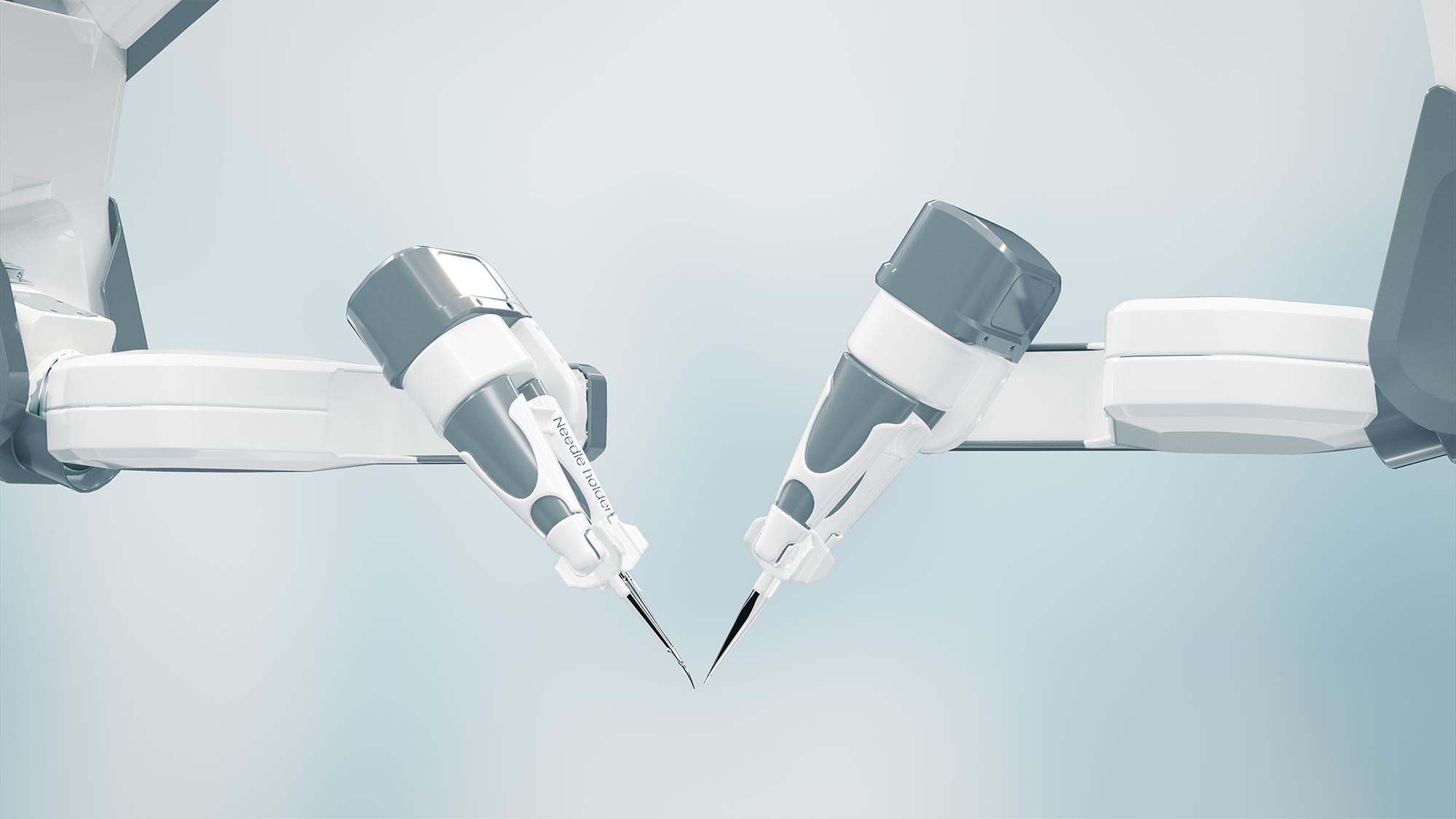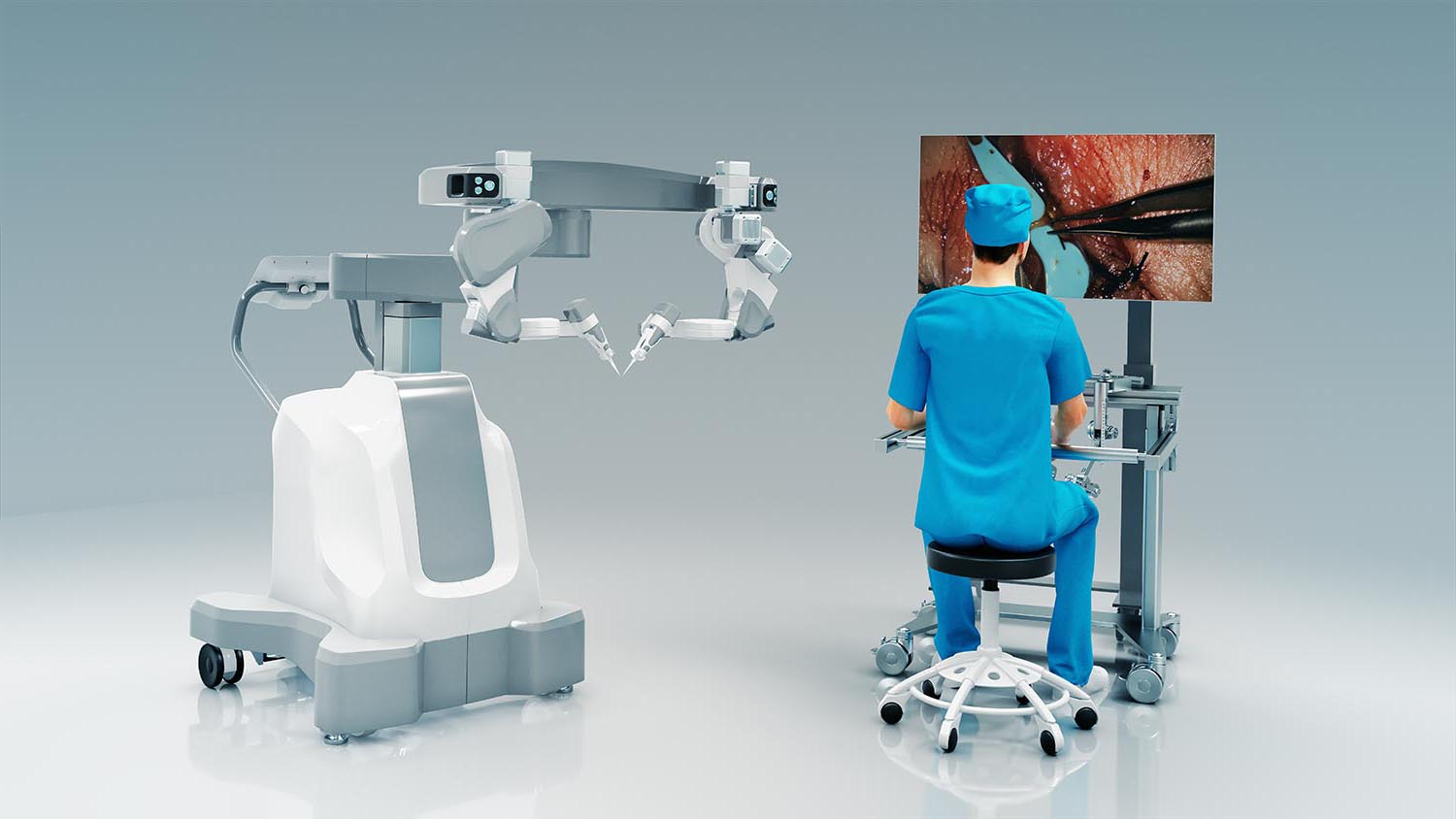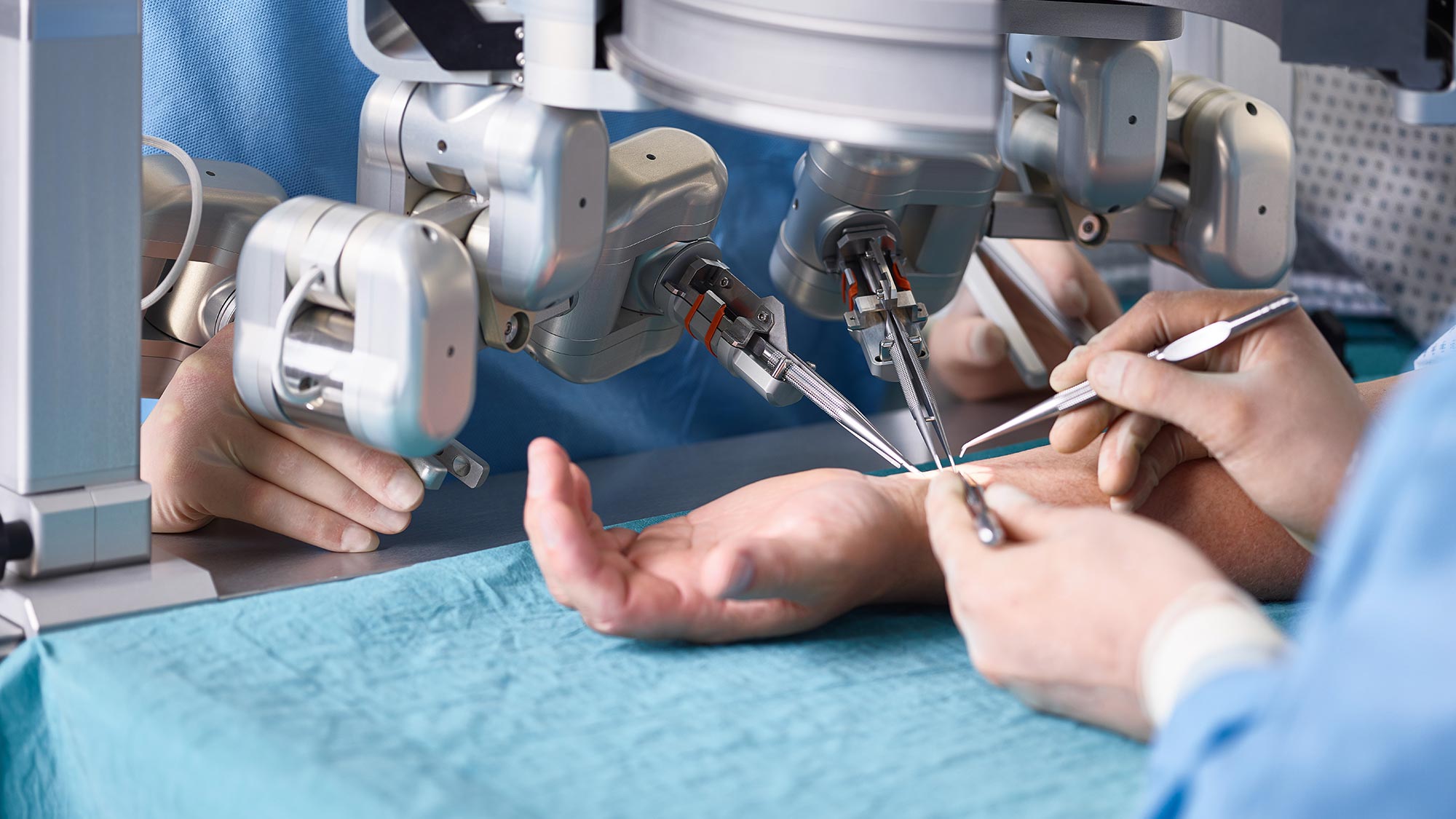MUSA-3 consists of a surgeon console and robotic arm cart. The surgeon’s own trusted instruments are used through disposable adapters. The MUSA-3 is combined with a separate digital or hybrid microscope.
Developed by a dedicated team of engineers and surgeons, and building upon our invaluable in-clinic experience with MUSA-2, this extraordinary microsurgical robot is now almost ready for use in clinics.




